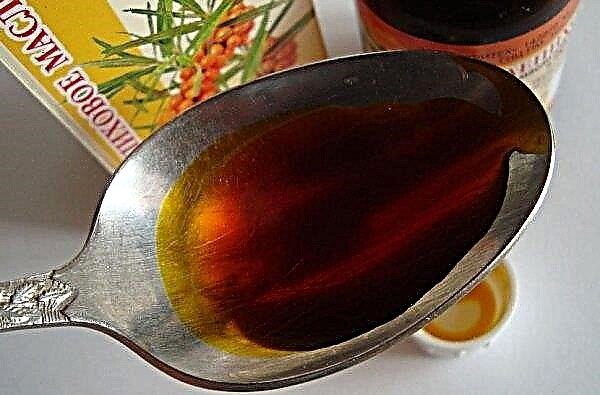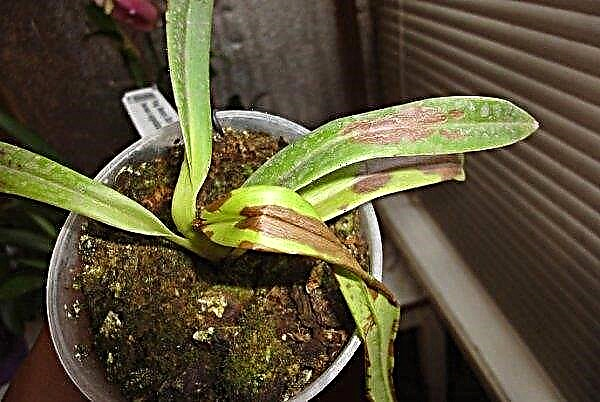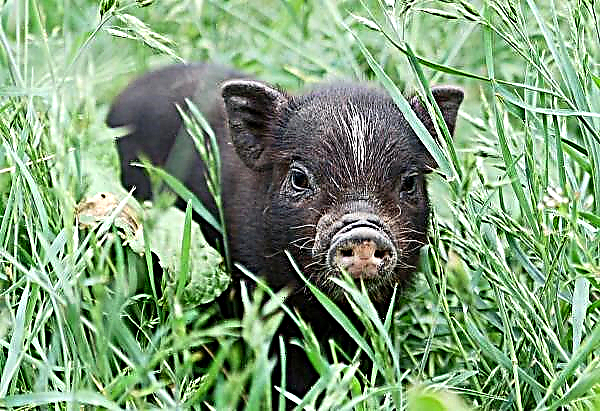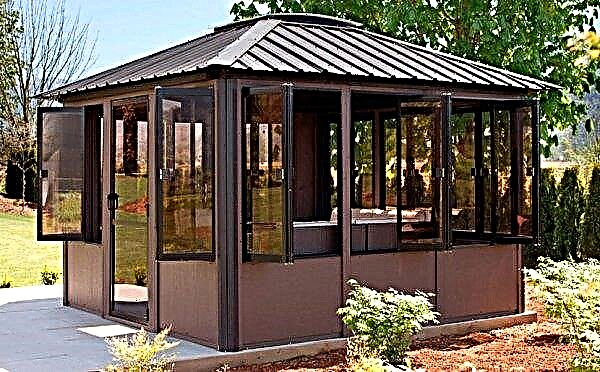One of the most popular flowering plants that are often grown in garden plots is tree hydrangea. To preserve the decorative qualities of this fast-growing bush, annual pruning is a must. It must be carried out according to certain rules and strictly on time, so as not to weaken the plant, causing harm to it. More about how and when to prune hydrangea tree-like - further in the article.
How to prune hydrangea
The shrub has a fast growth rate, so it needs to be pruned annually. This procedure helps to obtain a neat-shaped crown, eliminate thickened branches and normalize the metabolism in the plant, and also allows for regular and lush flowering.
Did you know? Hydrangea grew on the globe 40 thousand years ago. This fact is evidenced by archaeological excavations conducted in the northern regions of the United States.
Depending on the purpose of the procedure, these types of scraps are distinguished:
- sanitary - perform to remove dry and damaged branches;
- formative - consists in shortening the shoots in order to obtain a crown of a certain shape;
- anti-aging - carried out in relation to shoots over 4 years old in order to replace them with young shoots;
- thinning - apply to weak and small branches, as well as for shoots that do not give inflorescences;
- stimulating (pruning for flowering) - perform on the main shoots to stimulate the formation of new inflorescences in the next year.

Basic pruning rules:
- dry shoots are removed completely;
- on damaged branches, only the area with defects is cut;
- during the first pruning on a young plant, several strong shoots are selected, creating a skeletal base, and the remaining branches are removed;
- to form the crown of the desired shape, the shoots of small bushes can be shortened by about a third, and in large specimens - by 1⁄5 of the length;
- after the plant reaches the age of 5 years old shoots are gradually removed, replacing them with younger ones;
- last year's processes must be shortened by 6-8 kidneys;
- the main shoots cut to 2-4 pairs of developed buds - this will ensure the lush flowering of the bush next year;
- small shoots and small shoots without inflorescences are completely cut off - they take away nutrients from the plant, but do not bring any decorative benefits.

When is it better to cut hydrangea - in spring or autumn
Trimming hydrangea can be done in early spring or autumn, but the second option is preferable. In order not to harm the plant, parts of the shoots need to be cut only during the dormant period, when the sap flow in the stems is slow. If the gardener incorrectly determines the time for spring pruning and performs the procedure after the beginning of the movement of the juice, then the bush can become very weak and even die.
Important! You can not trim hydrangea under the age of 3 years. The young plant has increased sap flow, so any damage to the wood can weaken the seedling and destroy it.
Autumn pruning of the plant has the following advantages:
- there is no risk of starting the procedure during sap flow - after the green mass has fallen, hydrangea always goes to rest;
- damaged and dry branches are clearly visible, because there are no leaves on the plant;
- most pests are already in a state of hibernation, so the likelihood of infection is reduced.
Video: Autumn pruning of hydrangea tree
When to trim
Each region of Russia has its own climate features, so pruning of hydrangea can be done at different times. For all areas, this procedure is performed in the fall, but the specific timing directly depends on weather conditions. If you hurry too much with pruning, performing it before the bush enters the dormant period, the plant will begin to run out of juice and will not survive the winter. Delayed shortening of branches in autumn can lead to the fact that the places of cuts do not have time to drag out and the plant freezes.
In the Moscow region and the middle zone of Russia
On the territories of the Moscow region and the middle zone of the Russian Federation as a whole, a temperate climate dominates, which is characterized by warm summers and snowy, frosty winters. The first frosts are usually observed in November, and snow cover is formed by the end of autumn. In connection with such climate conditions, trimming hydrangea tree in these regions is recommended in the second half of October, about a month before a significant cooling.

In the Urals, in Siberia
These regions have very harsh winters, the features of which are extremely low air temperatures and the presence of stable snow cover. Summer is moderately warm and has a short duration.
Important! When growing hydrangea tree in the Urals and Siberia, shoots can be pruned no more than 1⁄3 of the length. Otherwise, they simply will not have time to grow enough and the plant will not bloom next year.
In the Urals, pruning hydrangea is performed in mid-October. In Siberia, winter comes a few weeks earlier, so it is necessary to shorten the shoots no later than at the end of September.
In the Leningrad region
The territories of this region are characterized by short and cool summers, which give way to rainy autumn early. Winter is relatively mild, with periodic thaws, but snow falls already in late November.

In the Leningrad Region, pruning of hydrangea tree-like begins immediately after the leaves fall, that is, in the first half of October. The procedure is performed superficially, i.e. a strong shortening of the branches can lead to a lack of flowering in the next season.
How to prune after flowering
After the flowering period ends, dry bronze inflorescences remain on the bush, which give the plant a decorative appearance in the cold season. But in winter, snow will accumulate on them, which can lead to cracking of branches.
Did you know? According to one version, hydrangea was named after the princess of the Roman Empire, who bore a consonant name.
Therefore, in the fall, old peduncles are recommended to be cut, adhering to such rules:
- all dry flowers are removed from the shrub immediately after they wither;
- an incision is made under the base of a spherical inflorescence;
- the procedure is performed using sharpened garden shears.

Trimming hydrangea tree helps maintain a beautiful shape of the crown of the bush and promotes lush flowering. Using the information presented in the article, you can determine the most suitable timing for this procedure, as well as correctly perform it with maximum benefit for the plant.












